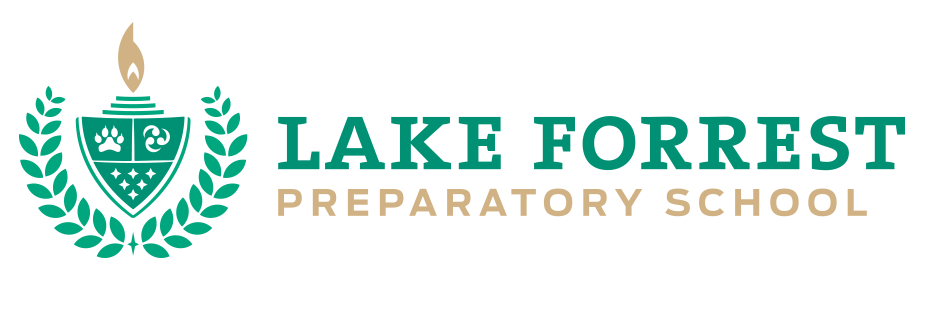In today’s tech-driven world, reading goes far beyond paper and ink. With various formats and media, parents may wonder how they can benefit their child’s reading comprehension skills. Read on to learn how various media and formats, including audiobooks, tablets, eBooks, and graphic novels, support your child’s learning journey.
Reading on Screens
Digital books and textbooks may feel like the new normal for parents, but for children born into a tech-filled world, they’re the default. Who hasn’t, at some point, grabbed their phone to read a story to their child on the go? Even libraries now offer free access to digital books and audiobooks through platforms such as Hoopla or Libby.
There are several advantages to e-reading, but does it provide the same benefits as reading physical books? Research suggests that digital books can enhance reading motivation and engagement, particularly among younger students. Yet, studies also show that reading comprehension tends to be poorer when children read solely on screens. In short, both reading on screens and reading print have their advantages, and a balance of both is key.
Listening to Audiobooks
Audiobooks provide children with a powerful way to experience stories, especially benefiting auditory learners who grasp information best through listening. Listening helps expand vocabulary and strengthens reading comprehension by encouraging children to process and analyze what they hear. When parents or caregivers listen along, they can help explain new words, making the experience more engaging.
Research shows that listening to stories activates many of the same brain areas as reading print, supporting essential literacy skills. However, reading physical books involves additional skills, such as decoding written symbols and connecting them to sounds and meanings. While audiobooks can’t fully replace reading, they’re an excellent complement—opening up new ways for children to engage with stories and build foundational literacy alongside traditional reading.
Reading Graphic Novels and Comics
Graphic novels have become a popular format for children’s books and school reading material. However, there’s an ongoing debate: Are graphic novels real literature? Though sometimes dismissed as light reading, graphic novels and comics are making their way into classrooms and libraries.
Graphic novels are gaining recognition as effective tools for building students’ reading motivation and improving their comprehension skills. When reading a graphic novel, children must engage with both text and visuals—an active process that deepens their understanding of characters, plot and meaning. For middle and high schoolers, such a format can make complicated topics feel more approachable and engaging. While graphic novels don’t replace traditional books, they belong on the same shelf.
Bottom Line: Blending for Success
A well-rounded reading routine that blends print, digital, audio and visual formats supports the development of confident readers and sets them up for success. While reading for 20 minutes a day after school remains a strong recommendation, combining reading formats to match children’s learning goals maximizes the impact.
At Lake Forrest Prep, we strive to offer a blended curriculum that combines traditional and experiential education. Students at our private school in Orlando benefit from an enriching and nurturing learning environment designed to challenge them while adapting to their individual needs. Contact us today to schedule a tour.


